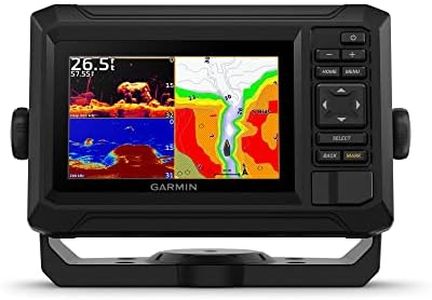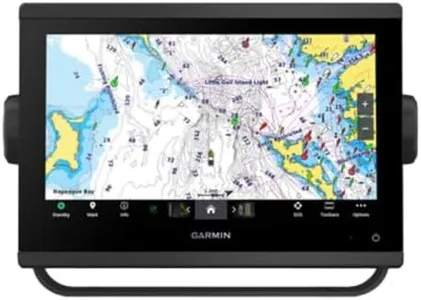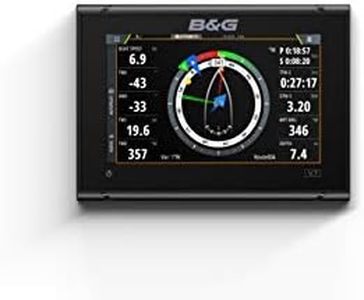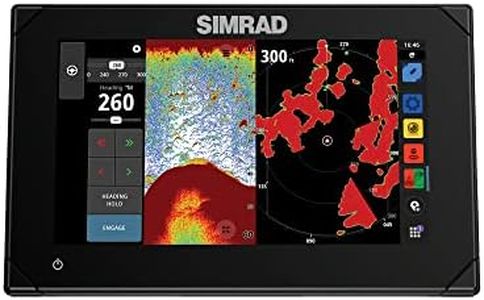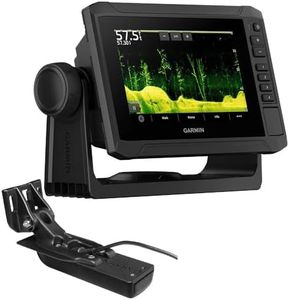We Use CookiesWe use cookies to enhance the security, performance,
functionality and for analytical and promotional activities. By continuing to browse this site you
are agreeing to our privacy policy
10 Best Marine Gps Chartplotters
From leading brands and best sellers available on the web.Buying Guide for the Best Marine Gps Chartplotters
Choosing a marine GPS chartplotter can dramatically improve your navigation and safety while out on the water. This device helps you track your exact position, plot routes, and view marine charts, making trips smoother and safer. Before making a decision, it's important to think about how and where you’ll be using your boat, the size of your vessel, and the features you need for comfort and peace of mind on the water.Screen SizeScreen size refers to the diagonal measurement of the display area. It's important because it affects how easily you can read charts and other information, especially in bright sunlight or rough conditions. Smaller screens (about 4-7 inches) are lightweight and suitable for small boats with limited space. Medium screens (7-10 inches) offer a good balance of clarity and size and are popular for mid-sized vessels. Larger screens (10 inches and up) are ideal for big boats or when you want to view complex chart details, but they take up more space and may need more power. Choose a screen size that fits your boat's helm and your typical viewing distance.
Touchscreen vs. Button OperationSome chartplotters use a touchscreen for quick, intuitive use, while others rely on physical buttons or a combination of both. Touchscreens are user-friendly for drawing routes or zooming, but they can be tricky to use with wet hands or gloves. Button-operated units can be more reliable in rough or wet conditions, which is helpful for open boats or all-weather outings. If you generally boat in calm and dry situations, you might prefer a touchscreen, but if you’re often dealing with spray or require a sturdy option, buttons may be better for you.
Preloaded Maps and Chart SupportPreloaded maps and chart support determine what nautical maps are available from the start and how easy it is to add or update them. Some plotters come with basic maps, while others include detailed charts for coastal or inland waters. Also, different units support different types of chart upgrades, like advanced fishing charts or 3D displays. If you usually boat in the same area, basic maps may suffice, but if you travel or want advanced features, choose a device that allows you to add or update charts easily.
GPS Accuracy and SpeedGPS accuracy and refresh speed refer to how precisely and quickly the unit updates your position on the chart. Higher accuracy and fast refresh are important for navigating tight waterways or high-speed boating. Standard GPS is usually sufficient for leisure boating, while enhanced systems (sometimes called GPS/GLONASS or GPS with WAAS) provide even better performance for serious navigation needs. If you do a lot of close-in maneuvering or fishing, look for higher accuracy; casual cruisers may not need the latest tech.
Networking CapabilitiesNetworking means the ability to connect your chartplotter to other devices on your boat, such as radar, sonar, autopilot, or even a smartphone. Some chartplotters are standalone units, while others let you network with various instruments for a bigger navigation system. If you want to expand your system later on, or already use other marine electronics, make sure your chartplotter supports networking through standard connections like NMEA or Ethernet.
Mounting OptionsMounting options determine how and where you can install the chartplotter. Some are designed for easy bracket mounting, while others are built for flush-mounting into a dashboard. If space is tight or you want a sleek look, flush-mount could be best. For portable needs or easier installation, bracket mounting is more flexible. Consider your helm's layout and how easy it will be to see and reach the controls when picking the right mounting style.
Waterproof RatingWaterproof rating tells you how well the device can handle water, spray, and weather. Marine chartplotters are usually rated using standards like IPX6 or IPX7, which show how much water they can resist. If you use an open boat and the device may get splashed or rained on directly, a higher waterproof rating is crucial. For protected installations, a lower rating could suffice. Always choose a device with enough protection for your boating style to avoid damage.
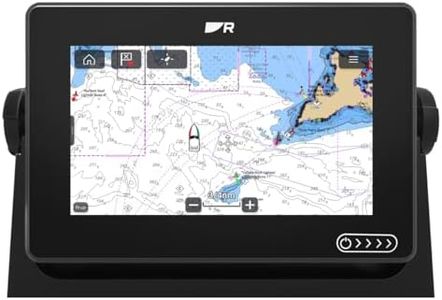
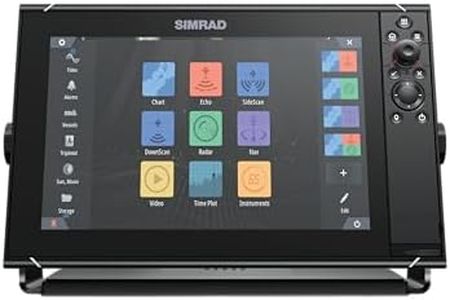
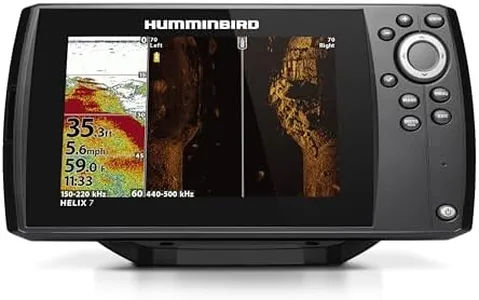
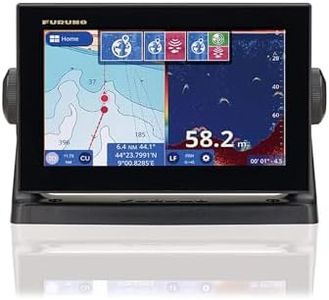
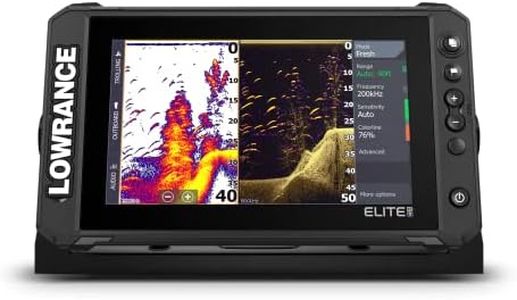
![Garmin ECHOMAP UHD2 74CV Chartplotter/Fishfinder with US Coastal Maps and GT20-TM [010-02595-51]](https://images-proxy.bestreviews.guide/BrmUY2rVynYGDvdorR2EflCkayM=/0x300/https://m.media-amazon.com/images/I/31JKg8LS8mL._AC_CX679_.jpg)
